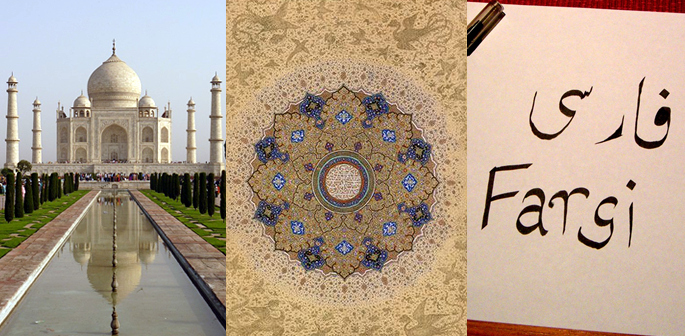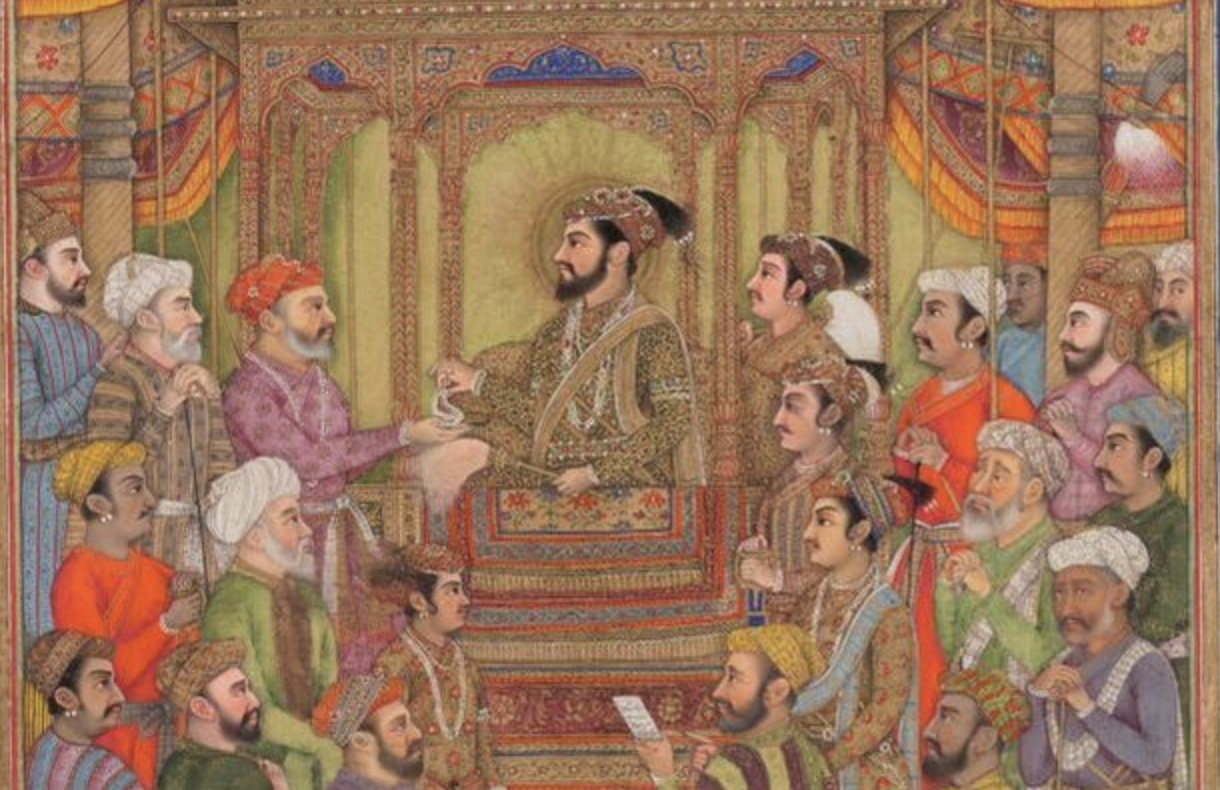The Cultural Influence of Persian on Turkish Language and Society
Turkish and Persian, though perceived as different based on their linguistic origins, share notable similarities due to their intertwined cultural and historical relations spanning centuries. This article explores their linguistic and societal intersections through several key aspects.
Shared Vocabulary Through Cultural Exchange
The two languages borrowed significantly from each other through prolonged contact and cultural diffusion. Countless Turkish terms originate from Persian roots related to governance, arts, literature and more. Words like “danışman” (consultant), “şiir” (poetry), and “divan” (anthology) entered Turkish through Persia’s rich literary traditions. Similarly, Persian assimilated terminology from its northern neighbor over their shared border. This lexical exchange shows how cultural proximity led to linguistic convergence despite different language families.

Parallel Sociolinguistic Developments
Even the grammatical structures of Turkish and Persian evolved along parallel lines. Both use suffix-based conjugation systems to indicate verb tense and person. For example, the ubiquitous “-im,-in,-i,-iz,-siz,-lar” and “-am,-i,-in,-ma,-in,-an” suffixes found in Turkish and Persian respectively. Another example is their almost identical names for days of the week, reflecting ancient cultural synchronization. Such sociolinguistic parallels demonstrate the deep-rooted influence each language had on configuring the other.
A Continuous Heritage of Shared Traditions
The territories of modern Turkey and Iran have long borne witness to intermingling societies. Ancient Persian empires like the Achaemenid and Sassanid ruled over Anatolia for centuries, transplanting Near Eastern traditions. Remnants of the imperial past live on in names, myths and shared cultural mores even today. Legends, poetry and folkloric storytelling traditions traveled across their border as nomadic Turks integrated within the Persianate world. This heritage of continuous cultural exchange solidified the social status of the Persian language among Turkish populations.
Literature as a Vector of Persian predominance
Literary expression has historically been the most influential vector sustaining Persian dominance in the Turkic world. During the Seljuk reign beginning in the 11th century, Persian became the official language of administration and high culture throughout Anatolia and Central Asia. Courtly literature, odes, quatrains - all were primarily composed in the rich literary language of Iran. Even up until the 20th century, the prestige associated with Persian ensured its patronage amongst Turkey’s leading poets and intellectuals. Literature provided a very effective method for Persia to proliferate its language and cement its sociocultural imprint on neighboring Turkic communities.
A Foundation for Mutual Cultural Enrichment
In retrospect, the overpowering Persian cultural magnificence should not diminish pride in Turkey’s distinctive heritage and advancement. Rather, exposure to great civilizations like Persia founded the groundwork for immense cultural accrual. Just as Latin bolstered English, contact with Iran nourished incipient Turkish identities for centuries. Today, vestiges of shared terminology and social parallels stand as a reminder of fruitful convivence between two ancient peoples. Ultimately, Turkey-Iran relations exemplify how cultural diffusion induces linguistic blending yet retains diversity - an inspiring example of mutual cultural enrichment through prolonged cross-border interactions.
